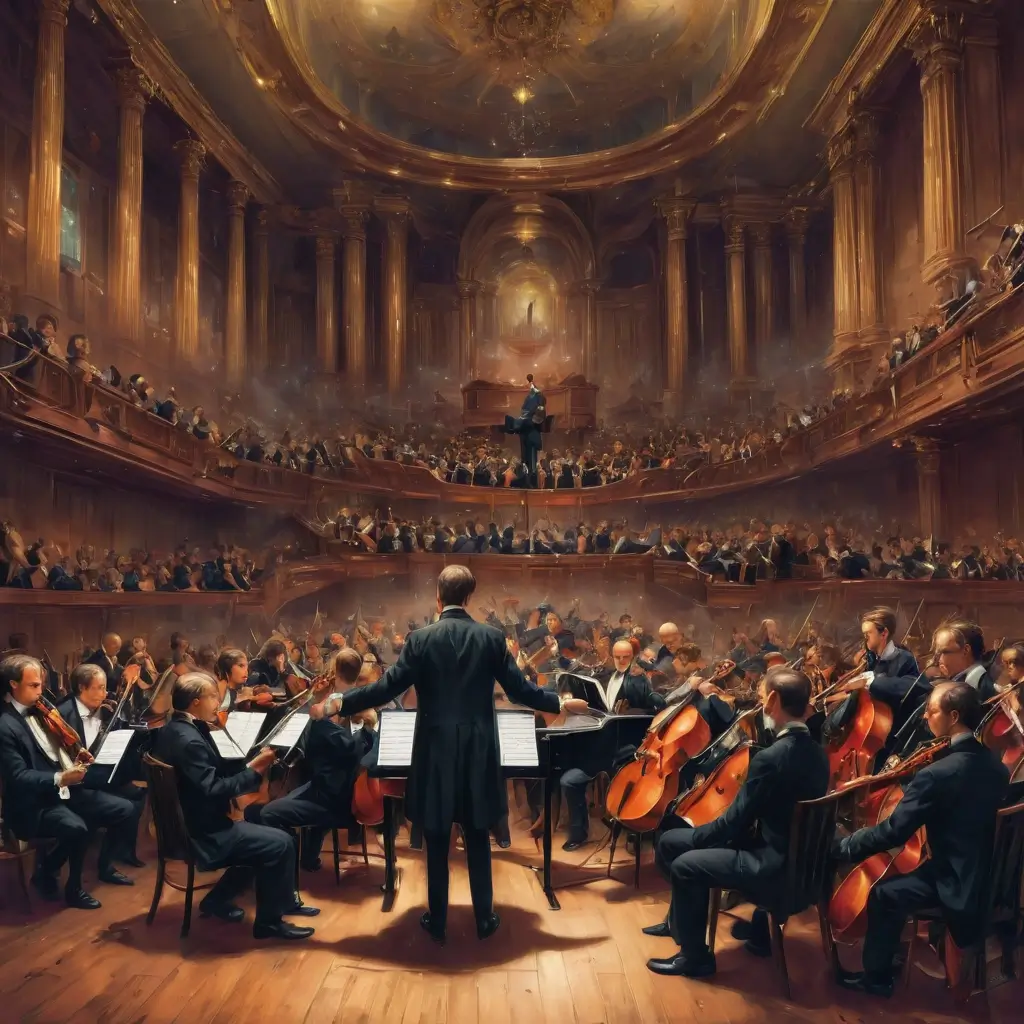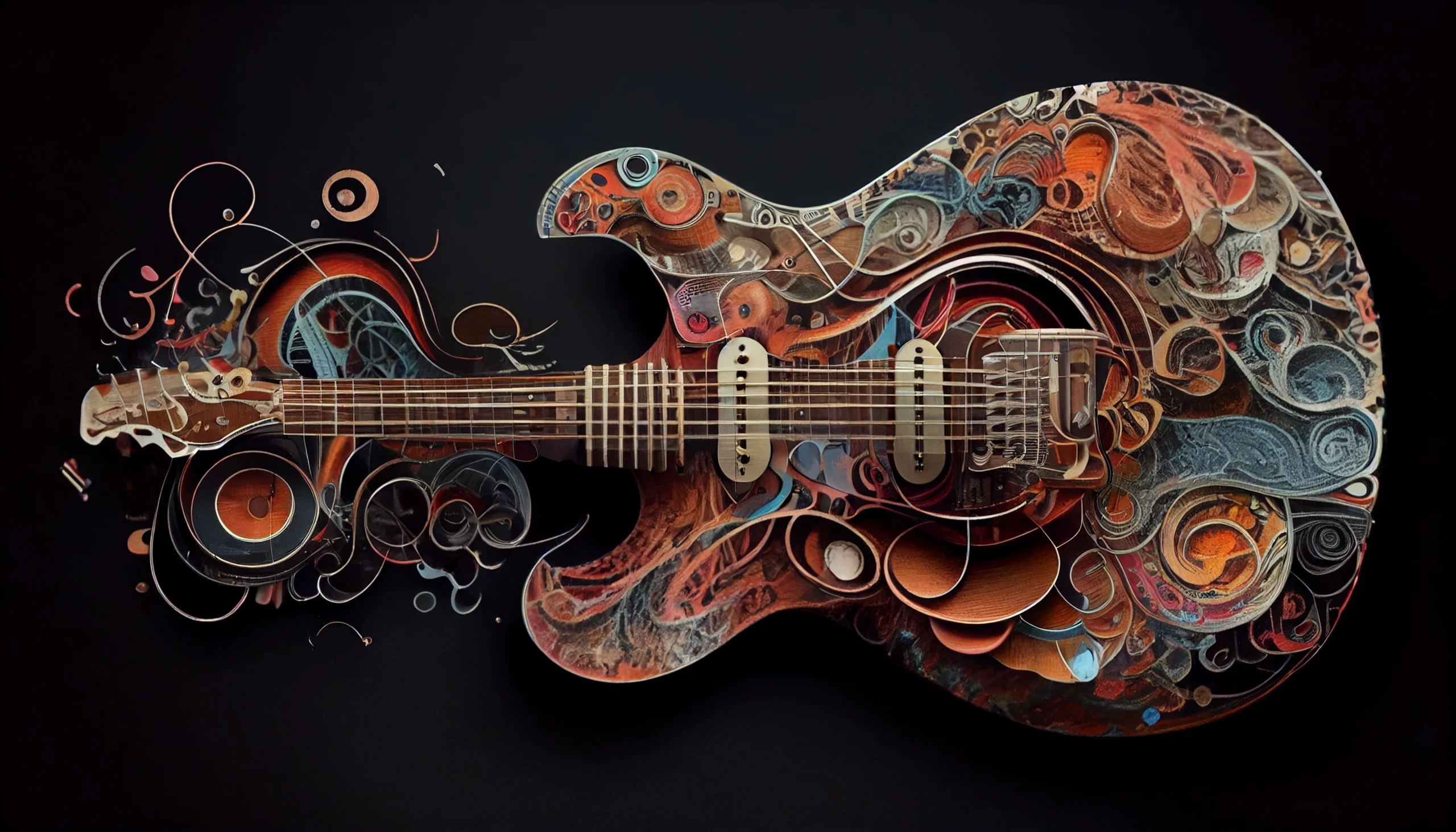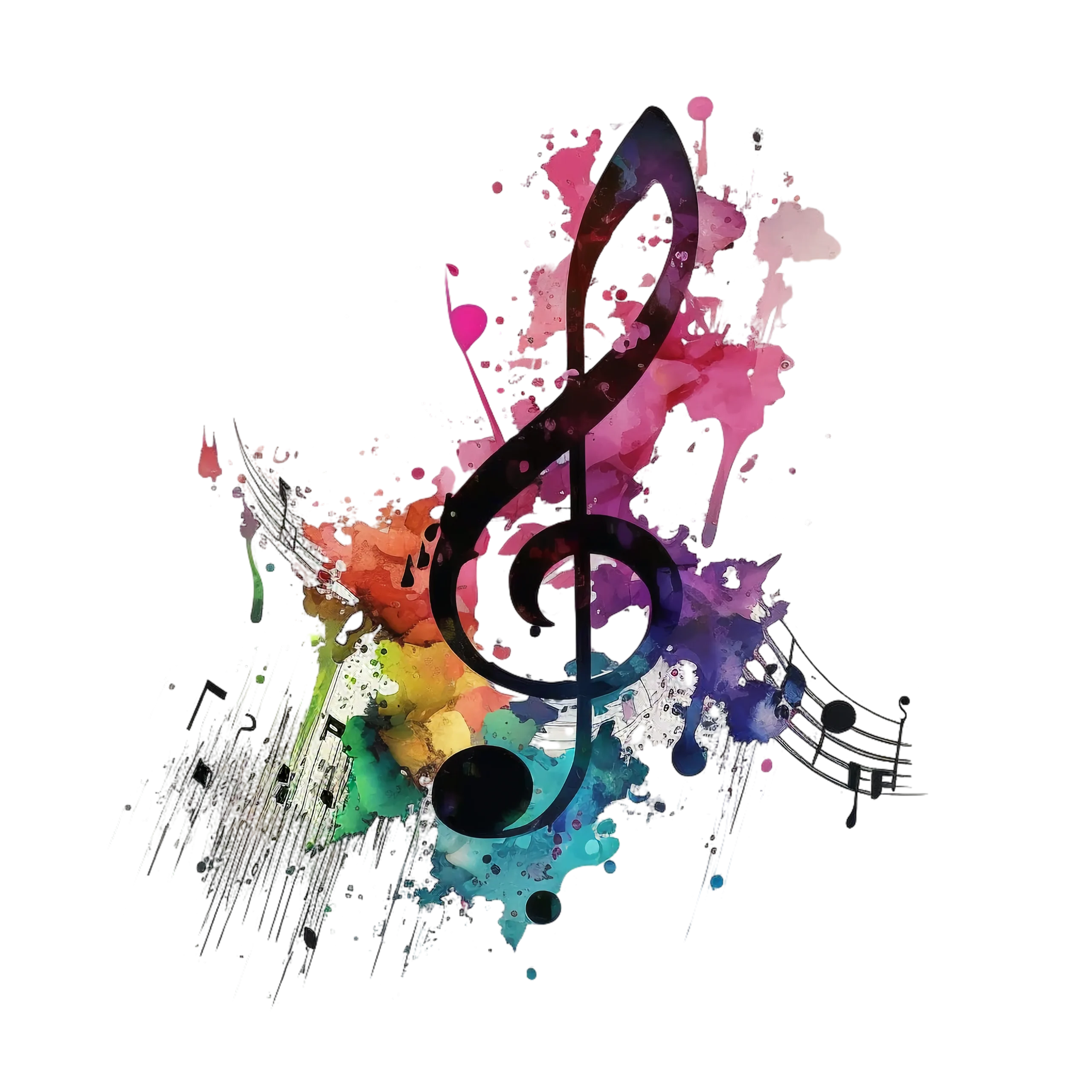Classical music, a grand tapestry of human expression and creativity, transcends time and culture with its profound beauty and complexity. To truly grasp its magnificence, one must revel through its origins, understanding its defining characteristics, and paying homage to the luminaries who have shaped its trajectory. Let us embark on a deeper exploration of classical music, unraveling its history, composition, and enduring legacy.
- Origins and Historical Context:
- Classical music finds its roots intertwined with the rich tapestry of Western musical traditions, evolving over centuries in response to cultural, social, and technological advancements.
- The medieval period laid the groundwork for classical music, with the development of musical notation and the emergence of polyphony paving the way for more complex compositions.
- The Renaissance marked a period of profound artistic and intellectual ferment, as composers began to explore new harmonic possibilities and expand the expressive potential of music through experimentation with form and structure.
- The Baroque era witnessed the flourishing of musical genius, with composers such as Johann Sebastian Bach, George Frideric Handel, and Antonio Vivaldi creating enduring masterpieces that continue to captivate audiences with their technical brilliance and emotional depth.
- Characteristics and Composition:
- At the heart of classical music lies a dedication to formal structures and conventions, providing a framework for the exploration and development of musical ideas.
- Classical compositions are characterized by their clarity of form, precision of execution, and emotional depth, with composers often employing intricate harmonies, dynamic contrasts, and thematic development to create works of enduring beauty.
- The genre encompasses a wide range of musical forms, from the grandeur of the symphony and the intimacy of the sonata to the drama of the opera and the elegance of the concerto, each offering composers a unique canvas for artistic expression.
- Techniques such as counterpoint, modulation, and ornamentation are employed to enrich the texture and depth of classical compositions, which engages listeners on both intellectual and emotional levels and creating works that resonate across time and space.
- Key Figures and Iconic Works:
- Johann Sebastian Bach, revered for his technical mastery and spiritual depth, left a legacy of unparalleled richness with works like the “Brandenburg Concertos,” “Mass in B Minor,” and “The Well-Tempered Clavier,” which continue to inspire awe and admiration centuries after their creation.
- Wolfgang Amadeus Mozart, a prodigy of extraordinary talent and innovation, captivated audiences with operas like “The Marriage of Figaro” and “Don Giovanni,” as well as symphonies like “Symphony No. 40” and “Symphony No. 41 (Jupiter),” demonstrating a mastery of form and melody that remains unmatched in the annals of music history.
- Ludwig van Beethoven, a titan of musical expression and revolution, shattered conventions with groundbreaking works such as the “Symphony No. 9 (Choral),” “Piano Sonata No. 14 (Moonlight Sonata),” and “Symphony No. 5,” which continue to resonate with audiences with their power, passion, and profundity.
- Pyotr Ilyich Tchaikovsky, known for his evocative melodies and lush orchestrations, enchanted listeners with ballets like “Swan Lake,” “The Nutcracker,” and “Sleeping Beauty,” as well as symphonies like “Symphony No. 6 (Pathétique),” which evoke a range of emotions from joy to sorrow, love to longing, in their exploration of the human condition.
- Performance Traditions and Interpretation:
- Classical music thrives in a diverse array of performance settings, from grand concert halls to intimate chamber venues, where performers bring scores to life with precision, passion, and nuance.
- The art of interpretation allows musicians to infuse classical compositions with their own unique insights and artistic sensibilities, creating memorable and transformative experiences for audiences that transcend mere notes on a page.
- Conductors play a vital role in shaping performances, interpreting scores with depth and nuance while leading ensembles with clarity and authority, ensuring cohesion and unity of expression that elevates the music to new heights of emotional and aesthetic resonance.
- Enduring Legacy and Contemporary Relevance:
- The enduring legacy of classical music transcends time and culture, inspiring composers, performers, and audiences with its timeless beauty, emotional depth, and intellectual rigor.
- From concert halls to film scores, classical music continues to exert a profound influence on contemporary culture, enriching lives and fostering a sense of connection and shared humanity that transcends the boundaries of language, nationality, and creed.
- Its ability to evoke profound emotions, provoke deep thought, and stir the soul ensures that classical music will remain a beacon of inspiration, enlightenment, and cultural enrichment for generations to come.
Classical music stands as a testament to the boundless capacity of human creativity and expression, weaving together centuries of tradition, innovation, and artistic brilliance. We ought to celebrate its rich heritage and contemplate its enduring significance, thus embrace classical music. It’s a source of inspiration, enlightenment, and cultural enrichment for generations to come.



